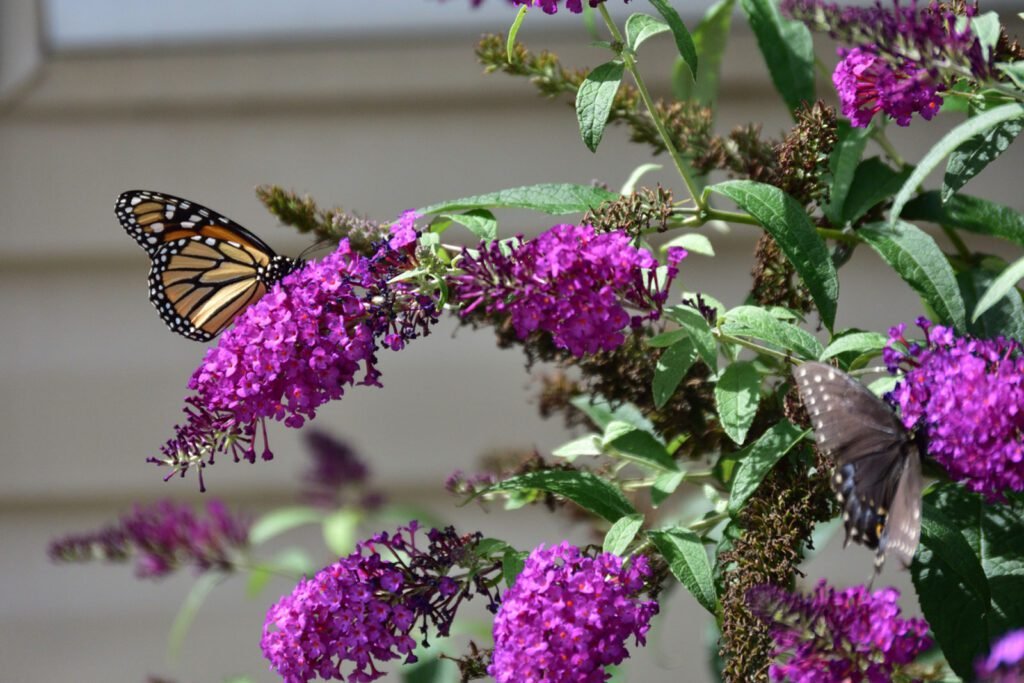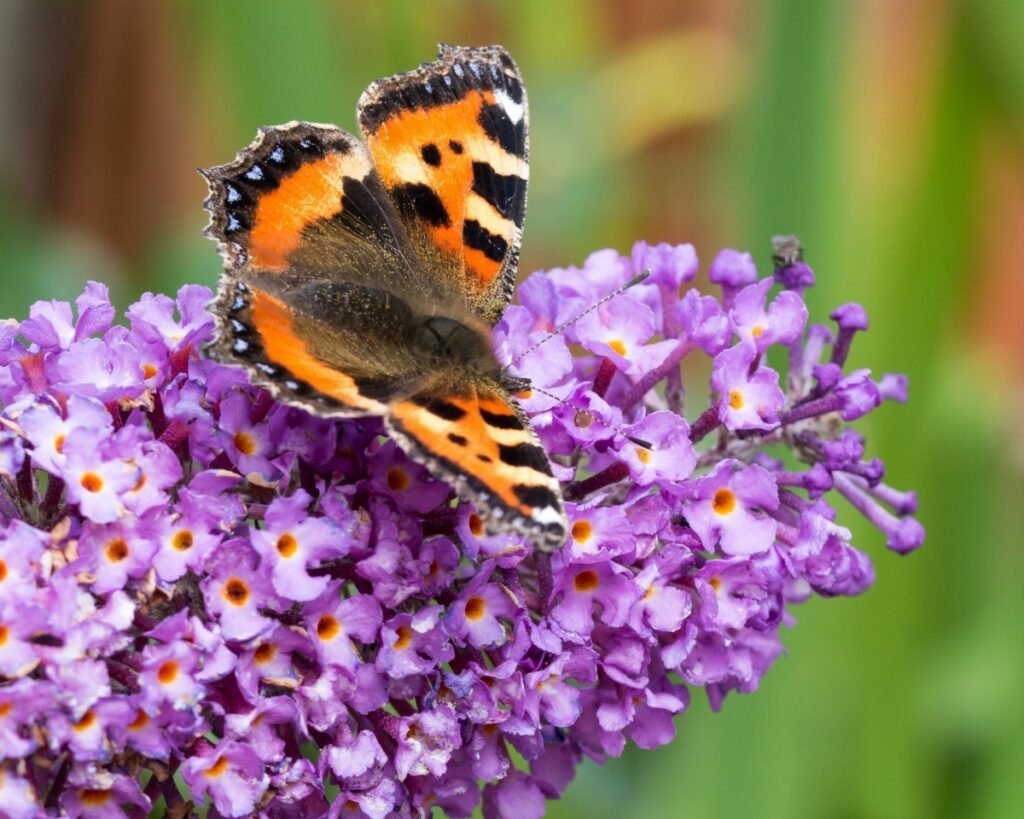By midsummer, butterfly timber, Buddleia davidii, are in complete bloom. It generating lengthy, swish wands of vegetation that swallowtails, monarchs and plenty of other butterflies — in addition to hummingbirds — cannot resist.
Description
Its botanical name is Buddleia davidii. Its common names are Butterfly bush, summer season lilac. These vegetation are blooming in summer season. These rapid-developing deciduous shrubs are suitable for planting in perennial borders, cottage gardens, island beds or any place. Their unfastened, fairly messy growth addiction won’t detract from a specific lawn layout you’re trying to attain.
The vegetation, which start opening in summer and keep into fall. It blooms in red, pink, violet, yellow, red, white and lavender. And they are held in dense panicles (clusters of flowers) that frequently have a fruity or honeyed fragrance.

How to grow this flower
Butterfly bushes, sometimes referred to as summer season lilacs. These are needs full sun and fertile, nicely-drained soil.
In addition to butterflies, their 5- to 12-inch long panicles attract bees, lady beetles or even hummingbirds. These flowers attract butterflies in the lawn as their name indicates, Butterfly Bush.
Butterfly bush is suitable for planting in perennial borders, cottage gardens, island beds or anywhere. Their loose, relatively messy growth habit gained. It detract from a specific lawn design you’re looking to obtain.
Care of this tree
Give Butterfly Bush about an inch of water a week while they are actively growing. In the primary year after planting, these bushes need normal water to broaden strong roots.
You can prune your trees every time, and you’ll probably need to prune. Sometimes each summer time to hold them underneath control. Keep diminished plants deadheaded to encourage extra blooms.
Pests & Disease
Buddleia are seldom bothered via pests or ailment. Although mullein moths, caterpillars and spider mites can assault them, and the plant life is occasionally plagued by means of fungal infections. To manage fungus problems, that could flourish on moist leaves. Water bushes early in the day, and use a soaker hose or drip irrigation whilst feasible. Remove diseased plant components and discard them — but not on your compost pile, in which sicknesses can unfold.

